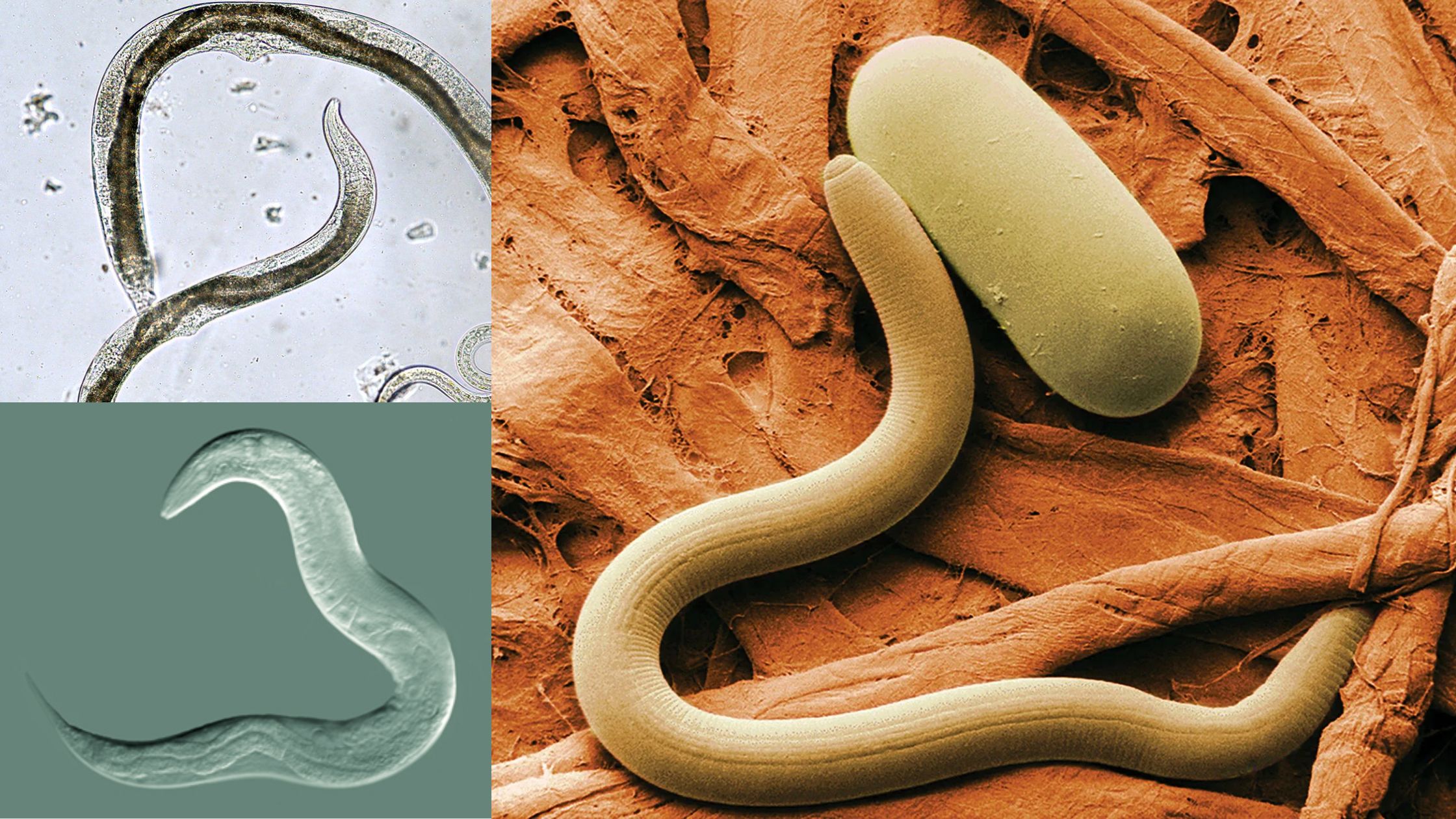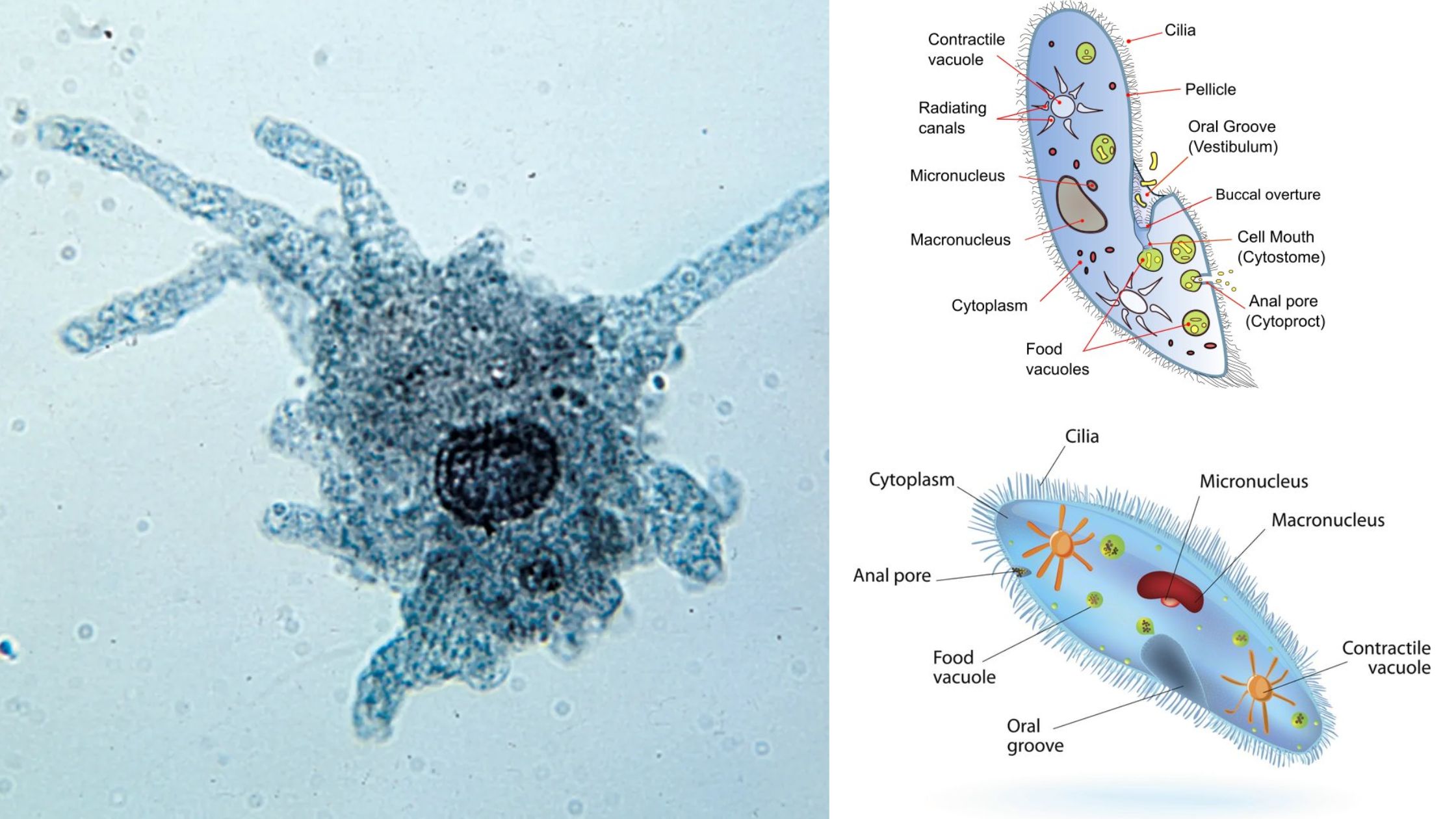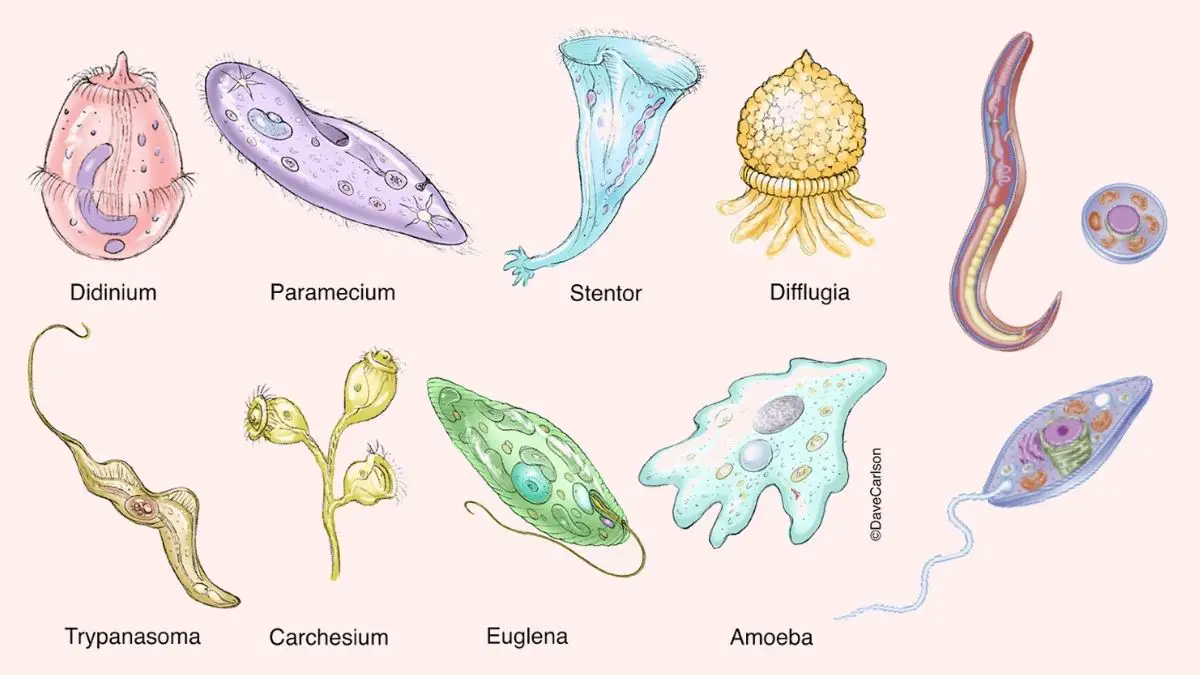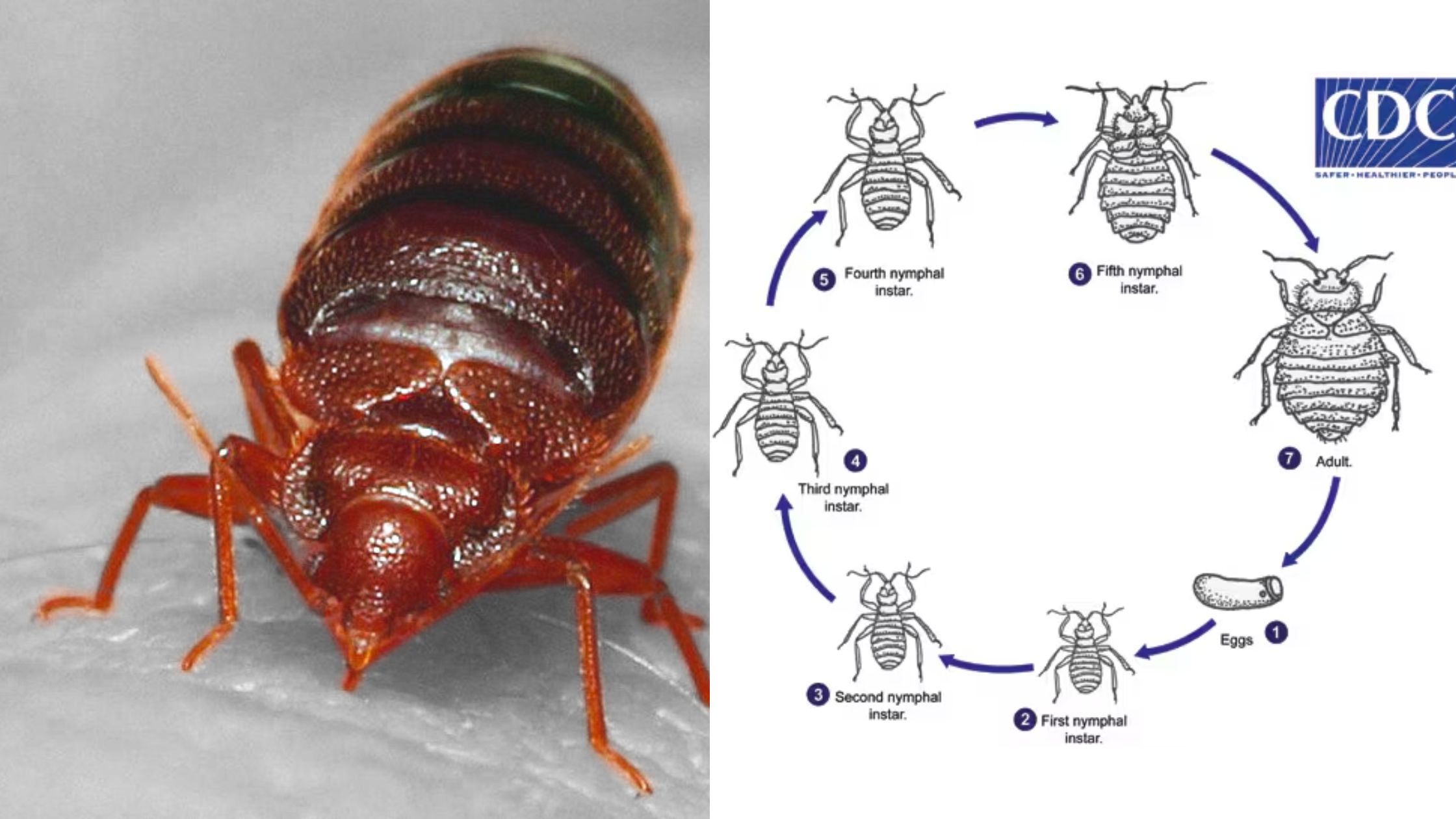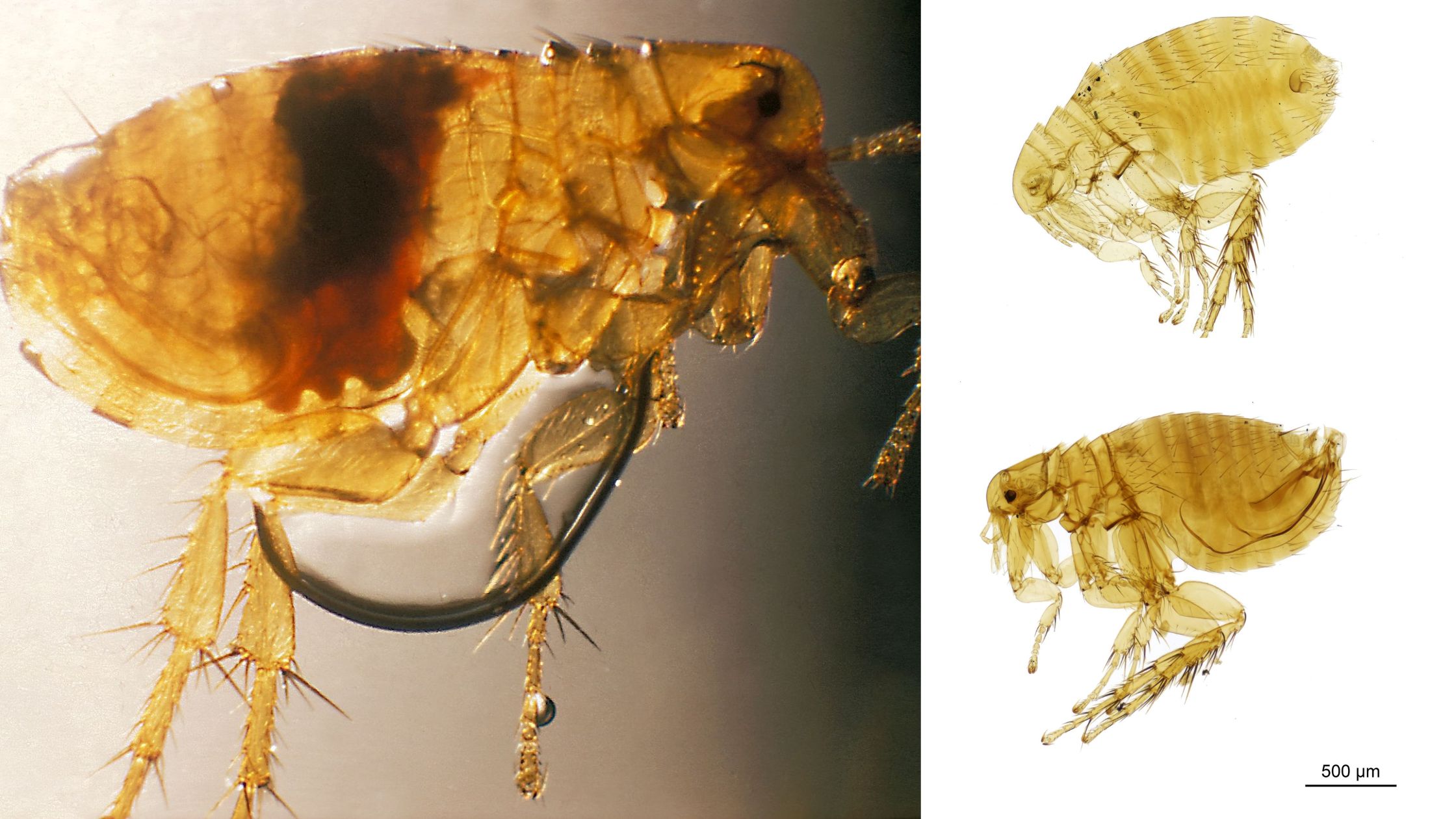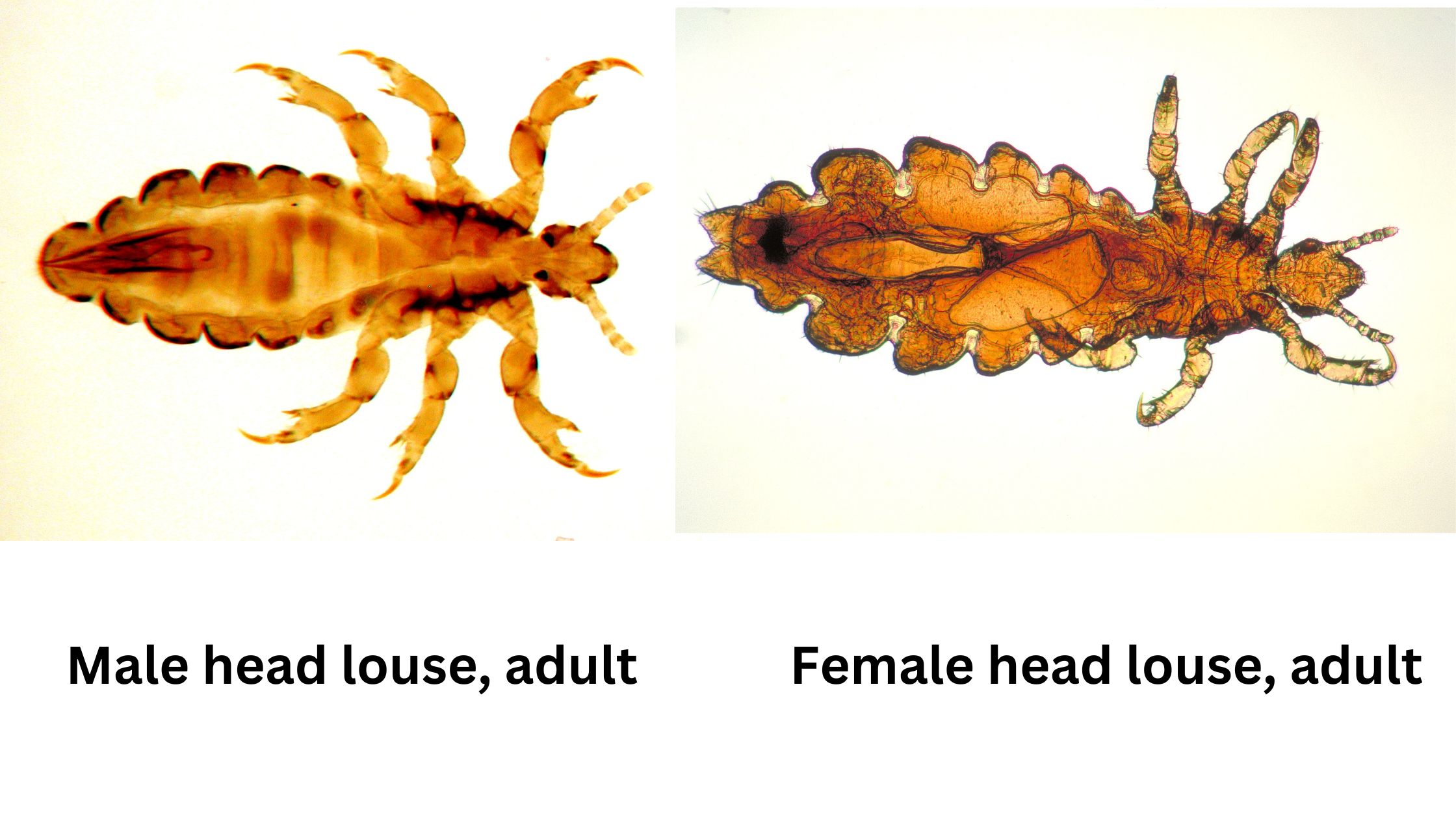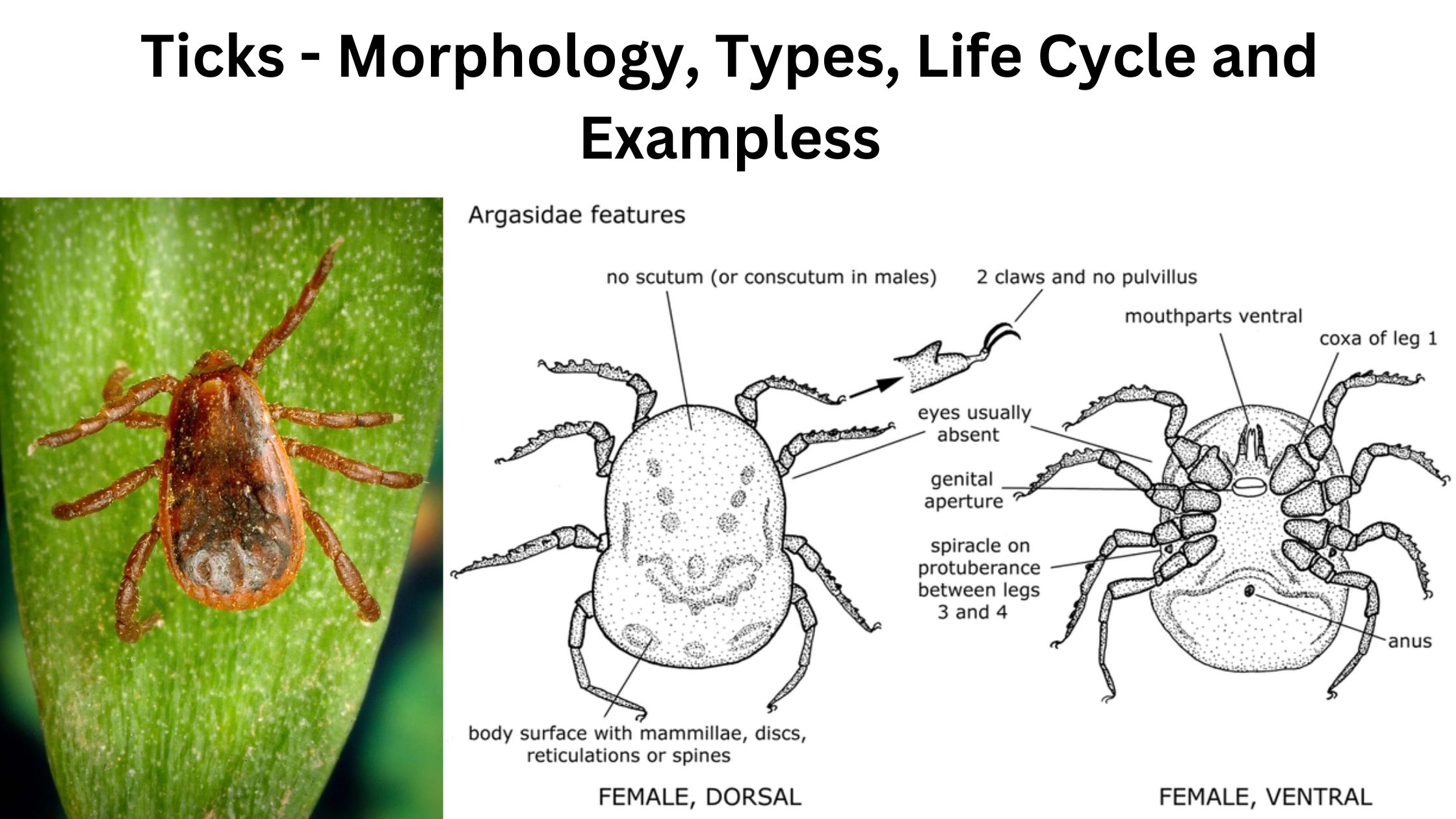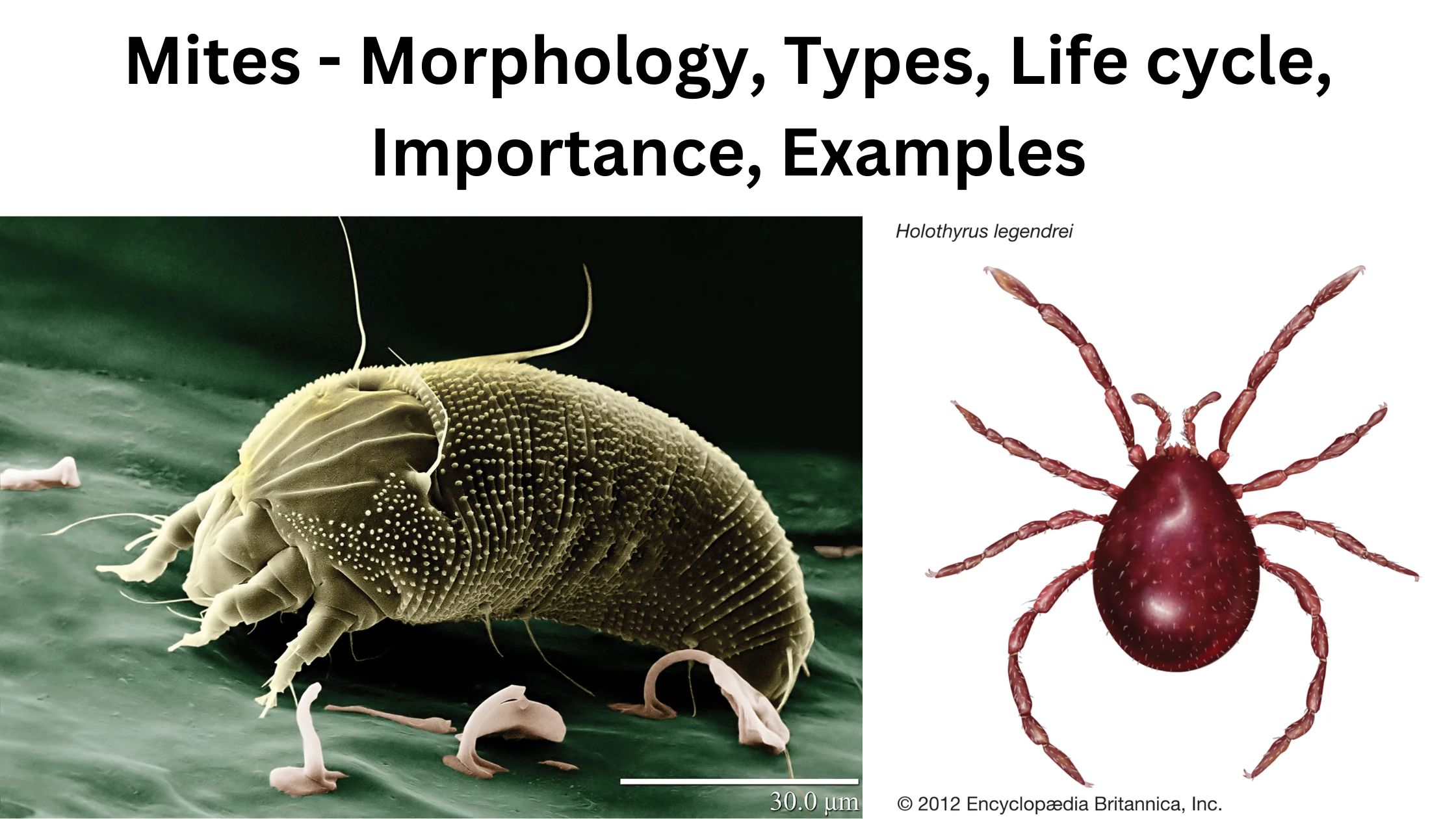Population Characteristics
Population, a term derived from the Latin word populus meaning “people,” refers to a group of organisms belonging to the same species that live in a specific geographical area and have the potential to interbreed. In ecological terms, a population is an assemblage of individuals of a species that occupy a particular space at a … Read more

